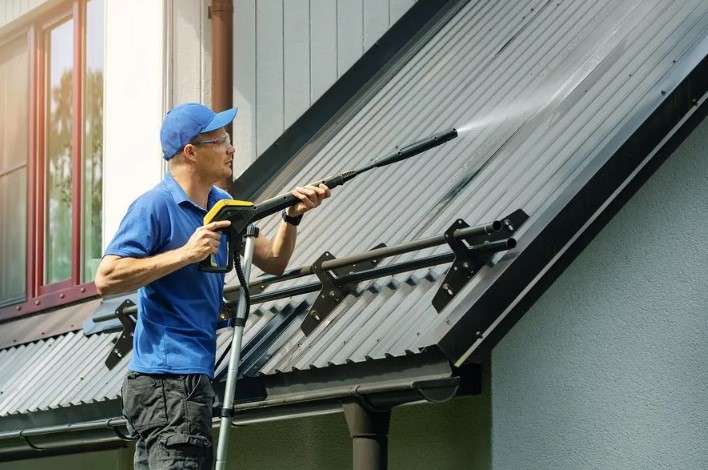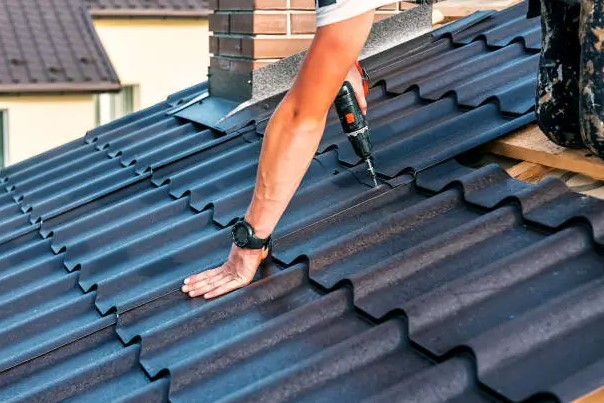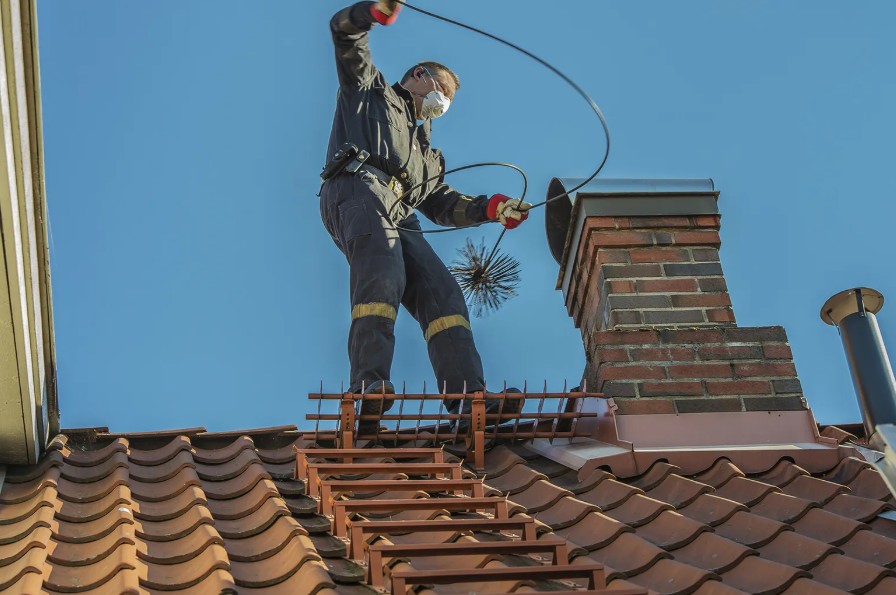
Key Takeaways
- Sustainable roofing practices are vital for environmental conservation and energy efficiency.
- Materials such as recycled shingles and green roofs are gaining popularity.
- Technological advancements are providing new opportunities for eco-friendly roofing solutions.
The Importance of Sustainable Roofing
This approach is pivotal in reducing carbon emissions by leveraging eco-friendly components and methods. Sustainable roofing makes sense not only for environmental conservation but also from a practical standpoint. Consider the impact of energy-efficient roofing solutions, which inevitably reduce electricity consumption by keeping buildings naturally cooler. By anchoring their efforts in sustainability, property owners are making a conscious choice to break free from traditional, resource-intensive roofing solutions.
The implications are significant. When homeowners choose sustainable options, they become active participants in the fight against climate change, doing their part to preserve valuable ecosystems and minimize reliance on fossil fuels. This move toward greening our roofs catalyzes broader environmental transformation, encouraging healthier, more sustainable urban development.
Eco-Friendly Roofing Materials
Eco-friendly roofing materials have taken the spotlight as viable alternatives to traditional options. Recycled products, such as asphalt shingles, exemplify durability while caring for environmental health. These materials are molded to perfection, providing a seamless blend of aesthetic appeal and eco-consciousness. The benefits? Reduced landfill waste and contributed significantly to sustainability. With ever-increasing environmental concerns and escalating energy expenses, sustainable roofing has emerged as not just a trend but a necessity.
Meanwhile, green roofs are sprouting across urban areas. These consist of layers of vegetation planted over waterproof membranes, providing natural insulation, absorbing rainwater, and creating small pockets of green space above concrete jungles.
Technological Advancements in Roofing
Technological advancements are leading to energy-saving roofing options. Solar-reflective materials allow buildings to stay cooler by reflecting increased sunlight and absorbing less heat, significantly decreasing the demand for air conditioning. It’s worth noting that robust roofing is also crucial in protecting against storm damage, a significant concern here in Malaybalay. These advancements offer dual benefits: they lower energy costs while contributing to the fight against climate change. Enhanced roofing systems can also integrate photovoltaics, allowing structures to generate electricity through solar energy. As professionals integrate these technologies into mainstream roofing practices, they create abundant opportunities for reducing dependency on non-renewable energy sources, fostering an era of sustainable growth.
Sustainable Roofing Installation Practices
The efficacy of sustainable roofing depends on the choice of materials and the precision of installation practices. Proper installation is paramount to unlocking the full potential of these roofing systems. Highly skilled roofing teams employ specialized techniques to ensure eco-friendly materials achieve their intended benefits, providing both efficiency and longevity. According to the U.S. Department of Energy, using recycled and renewable materials is crucial in energy conservation and reducing greenhouse gas emissions, making them a favorable choice for future developments. Through meticulous planning and execution, they can address common roofing challenges while preserving the integrity of sustainable materials. The result is a long-lasting roofing solution that benefits not just the present occupants but future generations.
Challenges in Adopting Sustainable Roofing
Despite the compelling benefits, adopting sustainable roofing solutions does not come without challenges. One notable barrier is the upfront installation cost, which can be more expensive than conventional roofing options. However, when assessing the long-term advantages—including energy savings and increased roof longevity—investing in sustainable solutions becomes a calculated risk that often pays dividends over time. As technology progresses and economies of scale come into play, these costs will likely decrease, facilitating broader access to sustainable roofing options for all.
The Future of Sustainable Roofing
Looking to the future, sustainable roofing is poised to become a fundamental component of global architectural practices. As awareness grows, so does the demand for innovative, eco-friendly roofing solutions. Governmental efforts, like the EPA’s Green Infrastructure program, are instrumental in shifting building norms toward sustainability. These programs promote sustainable practices and provide guidelines and support for integrating green infrastructure into existing and new developments. These efforts promise a promising future where sustainability is the standard, ensuring resilient and adaptable urban environments, harmonizing nature and development.






